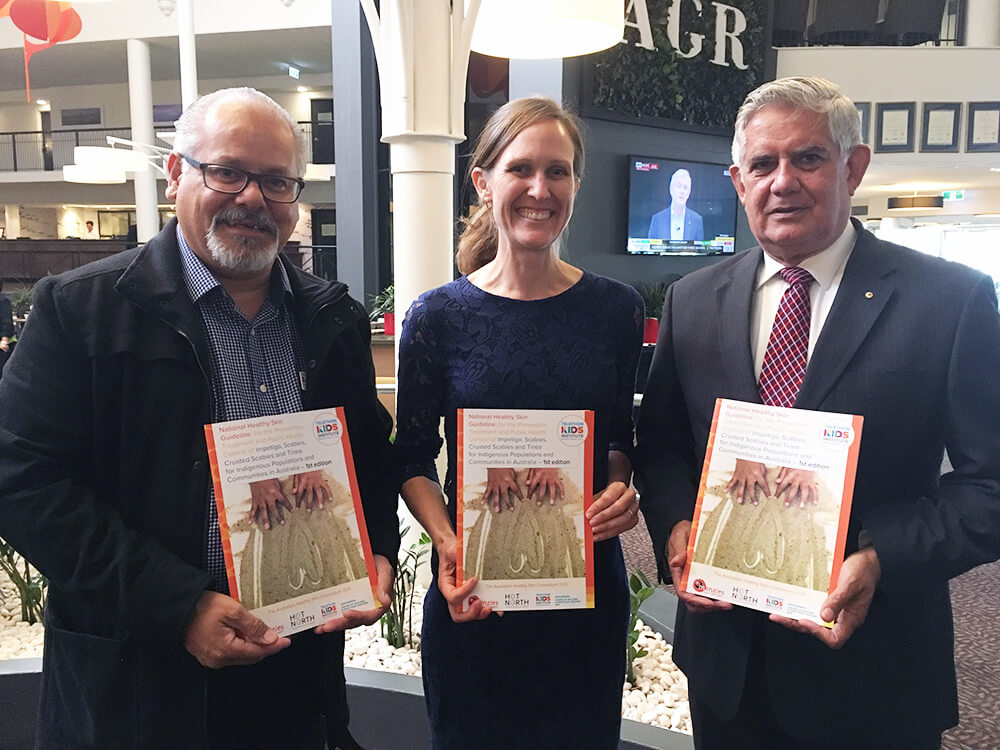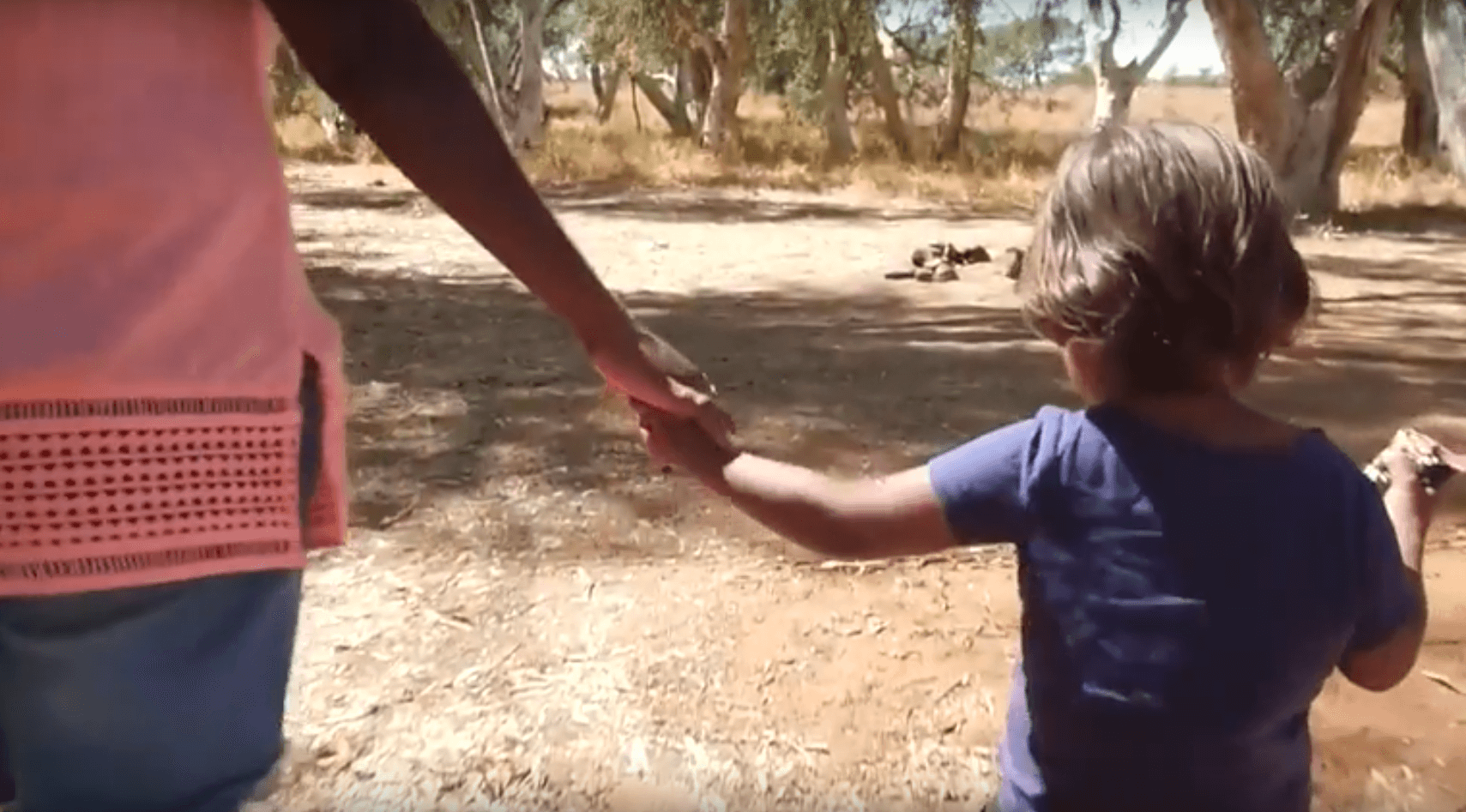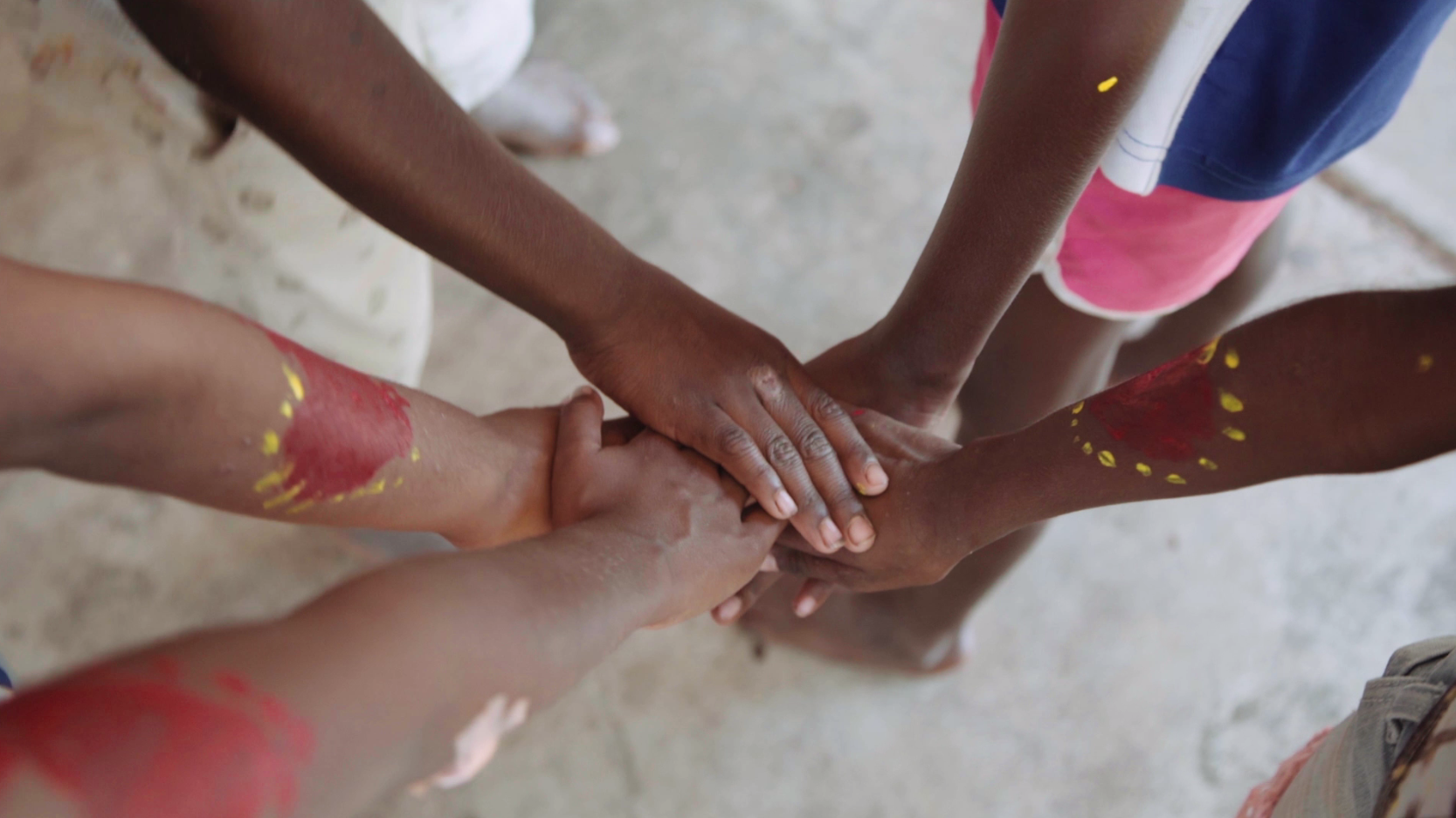Search
Research
Influenza epidemiology in patients admitted to sentinel Australian hospitals in 2018: the Influenza Complications Alert Network (FluCAN)This report summarises the epidemiology of hospitalisations with laboratory-confirmed influenza during the 2018 influenza season
Research
An urgent need for antimicrobial stewardship in Indigenous rural and remote primary health careWe write this perspective to raise awareness of antimicrobial resistance as an issue in Indigenous primary health care
Research
Varicella vaccine effectiveness over 10 years in Australia; moderate protection from 1-dose programAlthough Australia's program has impacted on the burden of varicella disease, single dose Vaccine Effectiveness against varicella hospitalisation is only moderate
Research
InfluenzaInfluenza (commonly known as the flu) is caused by a highly contagious virus spread mainly through coughing and sneezing. An annual flu vaccination is the most effective way to prevent flu outbreaks.

News & Events
National guideline to tackle record rates of skin infectionResearchers have developed the first National Healthy Skin Guideline to address record rates of skin infections in Australia’s Indigenous communities.

News & Events
Co-ordinated approach urgently required to slow progression of antibiotic resistanceAboriginal mum and child
Research
Socio-Ecological Systems Analysis and Health System Readiness in Responding to Dengue Epidemics in Ilala and Kinondoni Districts, TanzaniaSince 2010, Tanzania has been experiencing frequent outbreaks of dengue. The objectives of this study were to carry out a socio-ecological systems analysis to identify risk factors and interventions and assess the readiness of the district in the prevention and control of dengue.
Research
Whole genome sequencing reveals extensive community-level transmission of group A Streptococcus in remote communitiesThere was evidence of extensive transmission of group A Streptococcus both within households and across the community

News & Events
Pneumococcal vaccine sees hospital admissions for deadly pneumonia slashed by halfThousands of children born in Papua New Guinea (PNG) no longer face a future cut short by severe pneumonia, thanks to the introduction of pneumococcal vaccination as part of the country’s National Immunisation Program.

News & Events
National funding to help foster healthier food environments and fight RHDResearch teams led by The Kids Research Institute Australia have been awarded $3.75 million to support two innovative projects – one focused on pioneering a national ‘Food Atlas’ to map access to healthy and unhealthy food across the country, and the other on developing new ways to prevent Strep throat and rheuma
